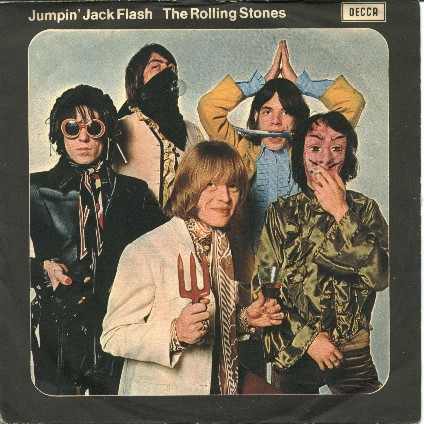
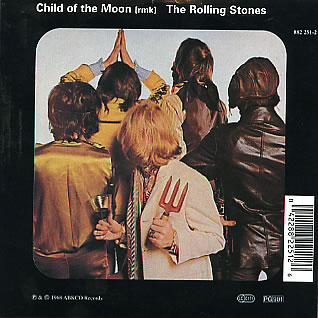
by Carole Wright - July 2013
A couple of weeks ago I
listened to an interview by Andrew Johnson with Tina Foster and subsequently
remembered the BBC 'Our World' transmission of 'All You Need Is
Love' which was broadcast on 25th June 1967. After watching it again, and observing that
both Mick Jagger and Keith Richards can be clearly seen in the
studio, I wondered why they were there and why they were taking part in a
deception being played out to a worldwide audience? I say
this because the forensic evidence shows that it was not James
Paul McCartney performing as one of the Beatles and
obviously the Rolling Stones must have known this.
In an attempt to shed some light on how the Rolling Stones were
affected by James Paul McCartney's replacement, I decided to look closely at
their artistic work released after the transmission date. As you will see,
there are some possible references and connections which are both interesting
and troubling. Below is the order in which I looked at the singles and
albums together with my thoughts during the process as it
unfolded.
Their Satanic Majesties Request - (released December
1967) (recorded February - October 1967)
In
looking at this album it was important to review some background information
-
[January 1967 - the Rolling Stones released 'Between
the Buttons' and this was the final album to be produced by Andrew Oldham. The cover photograph was taken by Gered Mankowitz.
February 12th 1967 - the Redlands 'bust' took
place
The Rolling Stones parted company with both Andrew
Oldham and Gered Mankowitz later in
1967]
'Their
Satanic Majesties Request' was produced by the Rolling Stones themselves and
the photographer was Michael Cooper who was also involved in the
production of the artwork for the photograph. This is interesting because
he also photographed the 'collage' designed by Peter Blake for the cover of
'Sgt Pepper's Lonely Hearts Club Band'. It is
therefore, unsurprising that the two album covers are often compared. They also
reference each other.
Jumpin' Jack Flash/Child of the Moon
(single) - (released May 1968) (recorded Mar - May
1968) photograph - David Bailey
This
is the first of a series of singles and albums produced by Jimmy
Miller. (This marked a return to blues and country music and a rejection of the
psychedelic era)


I noticed the cover photograph shows the Rolling Stones wearing
various clothes/disguises, adopting various poses and holding
various props. The reverse of the cover shows the same poses from behind
but they have changed positions. I will reference this release
later.
Beggars Banquet (released - Dec 1968)
(recorded - March - July 1968) - inside cover photograph - Michael
Joseph
This was released with the cover art showing an invitation
on a plain white background.
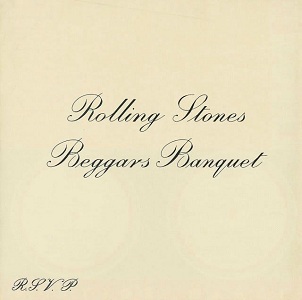
However, the Rolling Stones wanted a different
cover to be released and I have read that both Mick Jagger and Keith Richards were responsible for writing
the graffiti on the wall photographed for that cover. I could only see two
references not connected to the album that I could investigate. This is with
hindsight because we never saw this banned cover in detail until much later.
Front
of banned cover (re-released in
2003 with this cover)
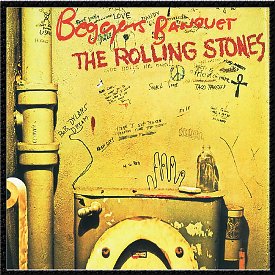
Back cover- the writing is mostly information about the song titles, musicians and recording engineers.
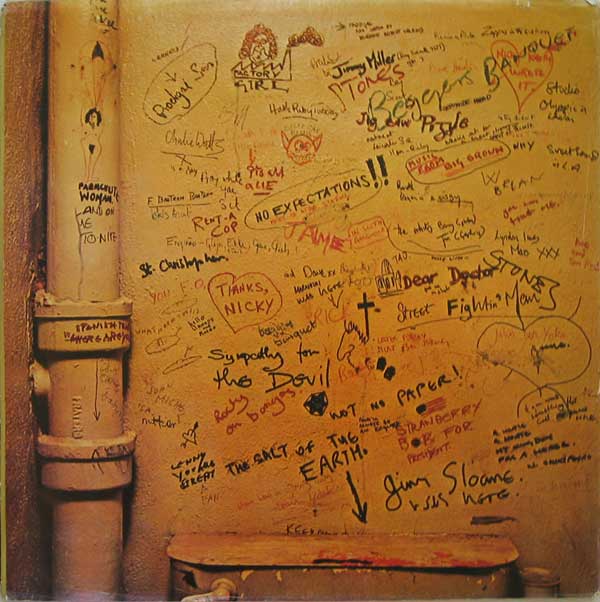
1. "Bob Dylan's Dream" Reference seen on the front cover. - This song is from the album 'Freewheelin' ' from 1963 and there are melodic and lyrical similarities to the traditional 'Lady Franklin's Lament'.
Both of these songs are very sad and seem to be about
missing friends and the past etc.
Honky Tonk Women/You Can't Always Get What You Want (single) - (released July 1969) -
photograph - Ethan Russell
Honky Tonk Women - recorded May
1969 (Mick Taylors debut single with the Rolling
Stones)
You Can't Always Get What You Want - recorded March - June 1968 and
November 1968 (with Brian Jones)
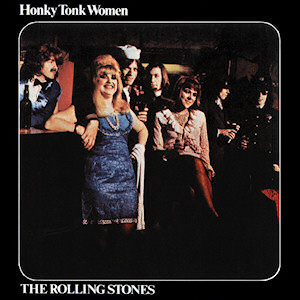
I noticed that the cover
photograph depicts a bar room scene and the Rolling Stones are actors in the
scene. The cover is the same on the reverse. I will reference
this release later.
Let It Bleed -
(released Dec 1969) (recorded November 1968 and February - November
1969) - photograph - Don McAllester
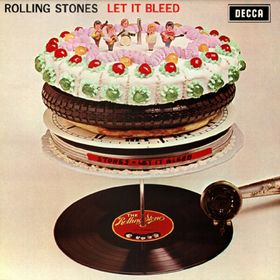
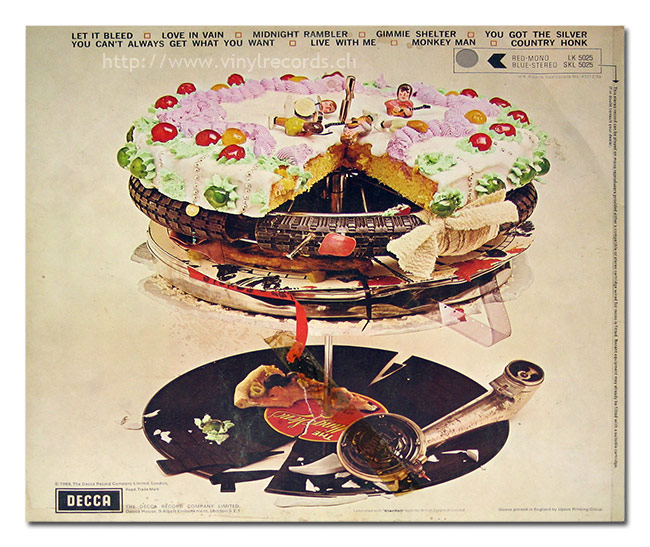
The working title for this was 'Automatic Changer' and the art work
sculpture was designed by Robert Brownjohn reflecting the working title. I
couldn't find anything specific to research here and I just
noted that the layers are intact on the front cover, but on the back the items
are broken, damaged and in disarray. I will reference this release
later.
Get
Yer Ya-Ya's Out - Album ( released Sep 1970) - (recorded
concerts November 1969)
Front cover - (reverse shows still
photographs from the featured concert recordings)
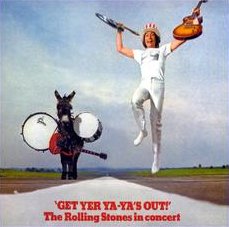
It is documented and was understood at the time
that the cover art was inspired by 'Visions of Johanna' by Bob Dylan. The
line in the song which is illustrated in the photograph is 'Jewels and
binoculars hang from the head of the mule' - The jewels and binoculars
are shown together with musical instruments and a camera hanging from the
mule/donkey. Charlie Watts is in mid jump and he has only white socks on
his feet - no shoes. He is also wearing the T-shirt he wore for that concert
tour and also the hat that was worn by Mick Jagger. The album cover states that the
photographers were David Bailey for the front cover and Ethan
Russell for the concert photographs on the back . I have also
researched and found that Marianne Faithfull recorded 'Visions of Johanna' in
1971, just three verses - the first and last verses and the one
referenced on the album cover.
"Visions of Johanna" by Bob
Dylan from (Blonde on Blonde)
Inside the museums, Infinity goes up on trial
Voices echo this is
what salvation must be like after a while
But Mona Lisa must have had the
highway blues
You can tell by the way she smiles
See the primitive
wallflower freeze
When the jelly-faced women all sneeze
Hear the one with
the mustache say, “Jeeze
I can’t find my knees”
Oh, jewels and binoculars hang from the head of
the mule
But these visions of Johanna, they make it all seem so
cruel
From the referenced verse and the fact
that there is a camera around the neck of the mule on the album cover, I looked
for a photograph containing 'the one with the mustache' and I easily found two
of them.
The first one by David Bailey has Bill Wyman the bass player wearing a mask with a fake
moustache, on the cover
of 'Jumpin' Jack Flash' (see
above).
He
is smoking a cigarette using his left hand (Bill is right handed) and the index
finger is either pointing to or touching the moustache. I
wondered if Charlie Watts' jumping on the cover of 'Get Yer Ya-Ya's Out' is a reference to 'Jumpin' Jack Flash' ?
The second one by
Ethan Russell has Mick Taylor- (who replaced
Brian Jones) wearing a fake moustache looking at a woman with auburn hair
on the cover of 'Honky Tonk Women/ You Can't Always Get What You Want
(see above). I am unsure whether 'she' is the
'gin soaked bar room queen in Memphis'? and/or the deceptive 'she' in 'You
Can't Always Get What You Want' This song
is also on the 'Let It Bleed' album.
You Can't Always Get What You Want
(M. Jagger/K. Richards)
On the 6th July 2013 I was in Hyde Park singing
'cherry red' and I thought of another 'Mr Jimmy'. I then wondered if he
had deliberately linked himself to this song?
McCartney (1st solo album) cover April
1970
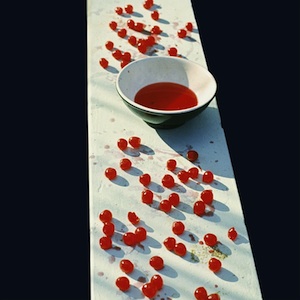
My journey started from the 1967 BBC transmission,
but, it wasn't until researching the references on the 'Get Yer Ya-Ya's Out' album cover (from 1970) that I realised
I was perhaps being steered to look again in detail at two previous single
releases via the photography attributions and the 'Visions of Johanna'
link. I have arrived
at the conclusion that the Rolling Stones have wanted to draw attention to a
'changed' or replaced bass player with a fake moustache, possibly left handed,
also possibly to a deceptive woman and perhaps to the lyrics of 'You
Can't Always Get What You Want'.
I wasn't expecting to find a trail like this, albeit quite short, as I
thought it would be a case of just finding isolated lines in Rolling Stones
lyrics, open to interpretation, or, a few discrete references on record covers.
As
a 'Rolling Stones fan' for many many years, I really would like an explanation
of these references.
For my observations I used the
following:
Albums: Original Vinyl covers
Beggars Banquet
(1968)
Beggars Banquet (banned version released in 2003)
Let It Bleed
(1969)
Get Yer Ya-Ya's Out
(1970)
Singles
Re-released boxed set in single cd format
- Singles 1968 - 1971 (2005) - packaged with replica sleeves
of the original 7" vinyl releases
Jumpin' Jack Flash/Child of the Moon
Honky Tonk Women/You Can't Always Get What You
Want